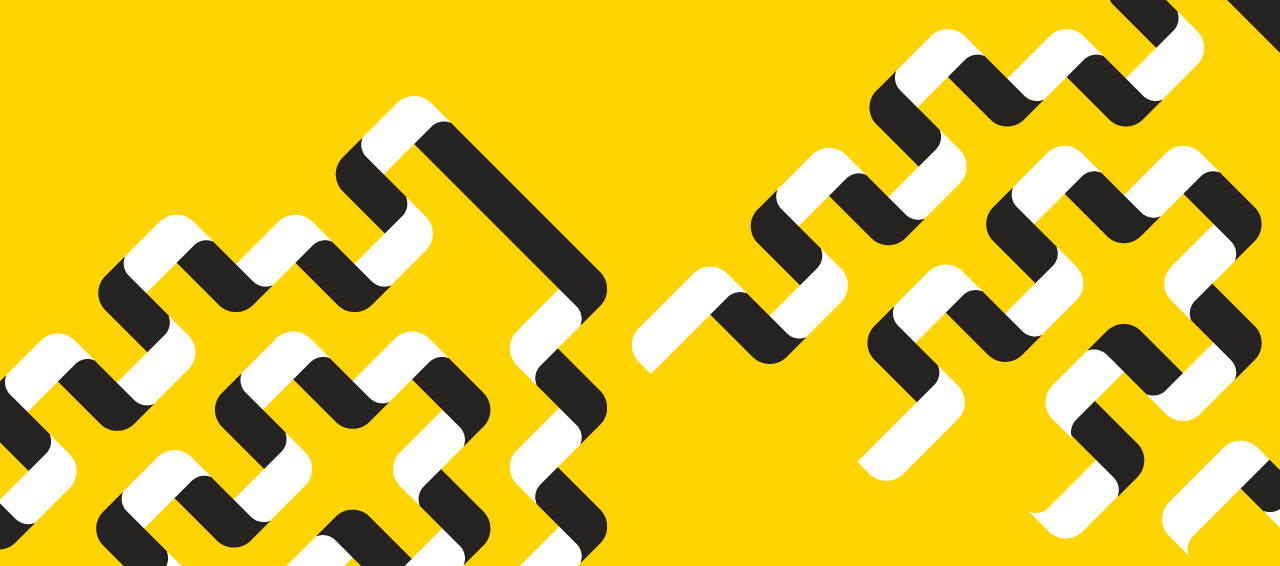¬Ýis a Professor in the Department of Industrial Engineering at¬Ý.
Elon Musk has been since being designated a “special government employee” by United States President Donald Trump in January.
Appointed to , Musk has moved to transform government operations by and attempting to .
Musk’s ruthless drive for efficiency has served him exceptionally well at Space X and Tesla, but can the same approach work in government where the stakes are much higher and services are more closely tied to people’s lives?
Unlike in the private sector, where streamlining operations typically affect employees and investors, cuts to government programs can and .
Governments aren’t tech startups
Musk’s entrepreneurial results are indisputable — he has founded and taken startups from the very beginning to unimaginable heights, multiple times, often at the same time. To do so, he has been ruthless with respect to efficiency.
dedicates numerous chapters to his approach to designing efficient process and systems — an area of study covered by industrial and systems engineering.
Musk’s approach is extremely disruptive. When analyzing a set of tasks to accomplish a goal, his default is to eliminate as many of them as possible, striving to overcut by at least 10 per cent. If he doesn’t return 10 per cent of the tasks to the process afterwards, not enough were cut in the first place. In Musk’s not cutting enough tasks is an error to avoid.
It’s true that eliminating waste is foundational to industrial and systems engineering. It’s an approach often associated with the , which has its roots in post-war Japan. A fundamental tenant of Lean is that waste should be identified by workers and leaders should support them in eliminating wasteful tasks. Unlike Musk’s top-down productivity algorithm, it’s designed to be a bottom-up approach.
Musk’s approach was developed for tech startups where failing is expected, common and largely inconsequential to everyone but stockholders. If SpaceX doesn’t get humans to Mars, it’s inconsequential for most people. If Tesla, PayPal or Twitter/X fail, alternatives would fill the void.
However, this model doesn’t easily translate to government, where failure has more direct, far-reaching consequences on people’s lives.
People are not tasks
Musk’s efficiency-driven approach has had a notable impact on the companies he’s led. Shortly after taking over Twitter/X, Musk went from eliminating tasks to eliminating people. Over the course of roughly a year, .
Since identifying “wasteful” employees is more complex than cutting unnecessary tasks, new tools were needed. , but when this didn’t result in deep enough cuts, employees were given an ultimatum: , placing the onus on workers to declare their willingness to stay.
A similar approach . In an email, Musk instructed federal workers to explain what they had done in the past week with a warning that non-responses would be treated as a resignation. In less than 48 hours, this was quashed and responses were made voluntary.
This startup mentality of “failing fast” also didn’t translate well at the National Nuclear Security Administration, where a led to concerns that national security was being jeopardized. Within 48 hours, most of the firings were rescinded and 322 of 350 fired employees were hired back.
Similarly, at USAID, DOGE-led firings “accidentally” — a mistake that could have had catastrophic consequences.
Musk’s flawed productivity algorithm
One of the flaws in Musk’s efficiency algorithm applied to people is the assumption that fired employees can always be rehired if needed. But people are not tasks that can be removed and replaced without consequence.
The struggled to contact dismissed personnel. At the , one fired scientist said “they were not sure if they wanted to return,” with one asking: “How are you going to be able to hire good people when you’re not offering Silicon Valley stock or pay, and you’ve taken away their stability?”
While this method may have worked in the fast-paced, high-reward world of tech startups, its application in government has been chaotic at best and dangerous at worst. Furthermore, early reports indicate .
No luxury of trial and error
Lean manufacturing has often been described as transformative and credited with turning ailing companies into fierce streamlined competitors, but Musk’s version of efficiency engineering lacks consideration of long-term consequences.
Even apostles of Lean would not call it disruptive or take an overzealous “shoot first and ask questions later” approach. Efficiency is not synonymous with cutting; it should be implemented with foresight, careful attention to value creation and consultation with those involved.
Musk’s approach to government so far seems more like the than any real-life efficiency pioneers like , or .
Government agencies don’t operate like tech startups, public servants are not tasks and public services don’t have the luxury of trial and error when national security or public health are on the line.![]()
This article is republished from under a Creative Commons license. Read the .

